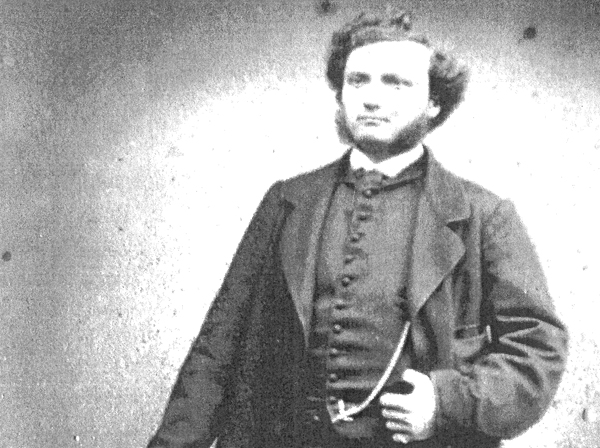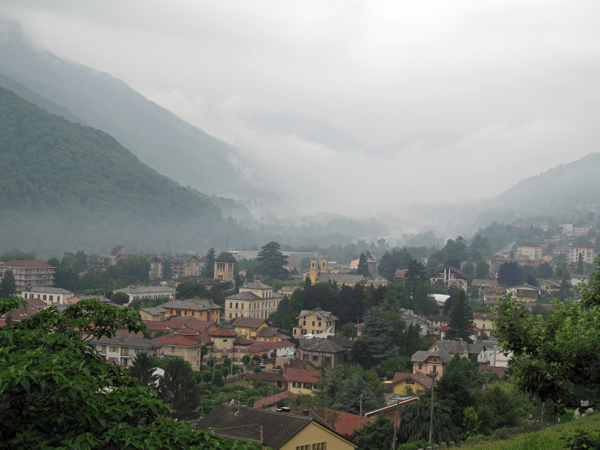
Having introduced the Waldensian dramatis personæ, we move on to the next oft-cited date for the origin of gianduia: 1852.

Having introduced the Waldensian dramatis personæ, we move on to the next oft-cited date for the origin of gianduia: 1852.

Following the 1837 death of the Bleniese inventor Giovanni Martino Bianchini, Paul Caffarel (pictured above) continued to manufacture chocolate using the same machine Bianchini had installed in the Watzenborns’ converted tannery. He was to be the first of a wave of Waldensian chocolate makers in Turin. Because of the Waldenses’ importance in the rise of gianduia, we will briefly introduce some of the key individuals and companies that will figure into the story ahead.

In the early decades of the nineteenth century, before the Waldenses could safely descend from their valleys, chocolate production in Turin was dominated by immigrants from Canton Ticino in Italian Switzerland—particularly from alpine villages in the Blenio valley. For over a century, harsh winters in the Alps, coupled with a predominately agricultural economy, encouraged seasonal migration for work at lower elevations, including in the population centers of northern Italy (1). Bleniese migrants often took work in the cities as peddlers, chestnut roasters, and, most importantly, cacao grinders.

Unlike the development of a beet sugar industry, Napoleon’s second contribution to gianduia’s invention was not an outgrowth of the Continental System. In fact, the policy predated the Berlin Decree by more than a decade. In the closing years of the eighteenth century, Napoleon extended unprecedented civil rights to the Waldenses in Piedmont.

Though gianduia was not invented in direct and contemporary response to the Continental System, Napoleon implemented two policies that would have a deep and long-lasting impact on Piedmontese confectionery.